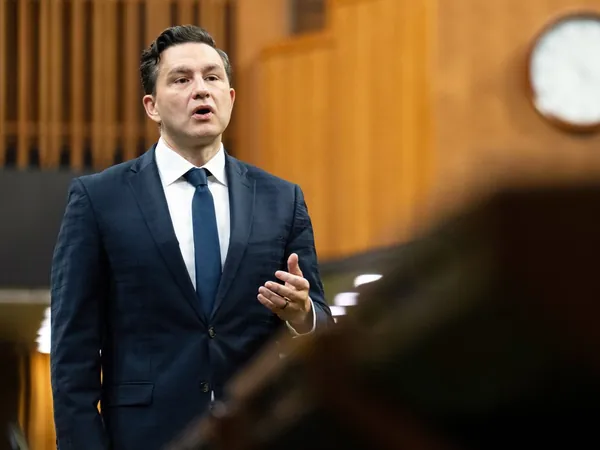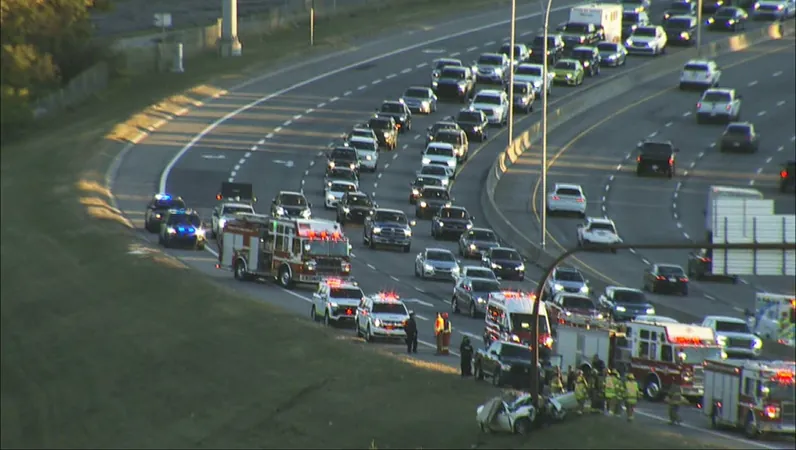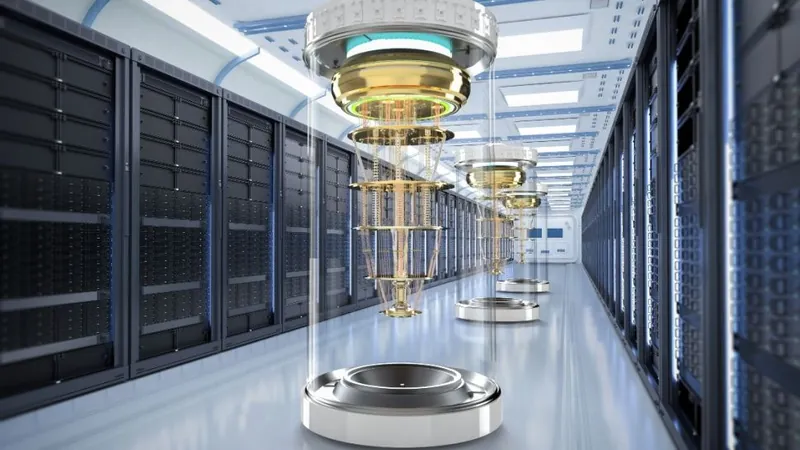
NASA Astronauts Welcome SpaceX Capsule for Long-Awaited Return Home Next Year
2024-10-01
CAPE CANAVERAL, Fla. (AP) — After an extended stay at the International Space Station (ISS), two astronauts, Butch Wilmore and Suni Williams, have much to celebrate with the recent arrival of a SpaceX capsule designed to bring them home next year.
On Saturday, SpaceX successfully launched a rescue mission with a Dragon capsule carrying NASA’s Nick Hague and the Russian Space Agency’s Alexander Gorbunov. Two seats remained empty for Wilmore and Williams, who have been stationed at the ISS since June. The capsule docked smoothly in the darkness of space, an impressive feat accomplished 265 miles (426 kilometers) above Botswana.
This mission came after serious safety concerns arose with their original Boeing Starliner capsule, prompting NASA to switch their return ride to SpaceX. The Starliner’s first crewed test flight faced multiple thruster failures and helium leaks shortly after launch, leading NASA to deem their return flight too risky for the test pilots. Consequently, the Starliner capsule returned to Earth without crew earlier this month.
The SpaceX Dragon capsule is set to stay at the ISS until February 2024. The arrival of Hague and Gorbunov allows Wilmore and Williams to finally return home after the expected six-month mission turned into an arduous eight-month stay due to the complications associated with the Starliner.
“Welcome to our new compadres,” exclaimed Suni Williams, the ISS commander, as Hague and Gorbunov floated in and received warm greetings from their colleagues onboard. Nick Hague expressed immense joy during the reunion, stating, “It’s going to be an amazing expedition,” as he noted the emotional highs of reuniting with the crew.
NASA typically rotates its station crews every six months, and since SpaceX's first astronaut flight in 2020, the company has become the backbone of NASA’s astronaut transportation service. Although Boeing was initially contracted for personnel ferrying, persistent software issues and technical difficulties have led to significant delays and financial implications, costing over $1 billion in repairs.
Currently, teams at NASA’s Kennedy Space Center are conducting inspections on the Starliner, with a detailed review of data set to commence this week. “We’re a long way from saying, ‘Hey, we’re writing off Boeing,’” stated NASA’s associate administrator Jim Free during a pre-launch briefing, indicating faith in eventual resolution.
The arrival of Hague and Gorbunov now sets the stage for the return of the four astronauts who have been on the ISS since March. They will soon board their SpaceX capsule in just over a week, restoring the crew size back to a normal complement of seven. Their stay was extended due to the aforementioned disruptions involving Starliner operations.
In spite of the successful launch, SpaceX has reported an anomaly with the rocket’s upper stage, which landed outside its designated impact area in the Pacific Ocean due to a faulty engine firing. The company has since paused all Falcon launches pending a thorough investigation into the incident.
As NASA continues to explore the stars, the collaboration with SpaceX is proving crucial for the future of human spaceflight, dependency on innovative technology, and the search for new frontiers in our universe.









 Brasil (PT)
Brasil (PT)
 Canada (EN)
Canada (EN)
 Chile (ES)
Chile (ES)
 España (ES)
España (ES)
 France (FR)
France (FR)
 Hong Kong (EN)
Hong Kong (EN)
 Italia (IT)
Italia (IT)
 日本 (JA)
日本 (JA)
 Magyarország (HU)
Magyarország (HU)
 Norge (NO)
Norge (NO)
 Polska (PL)
Polska (PL)
 Schweiz (DE)
Schweiz (DE)
 Singapore (EN)
Singapore (EN)
 Sverige (SV)
Sverige (SV)
 Suomi (FI)
Suomi (FI)
 Türkiye (TR)
Türkiye (TR)